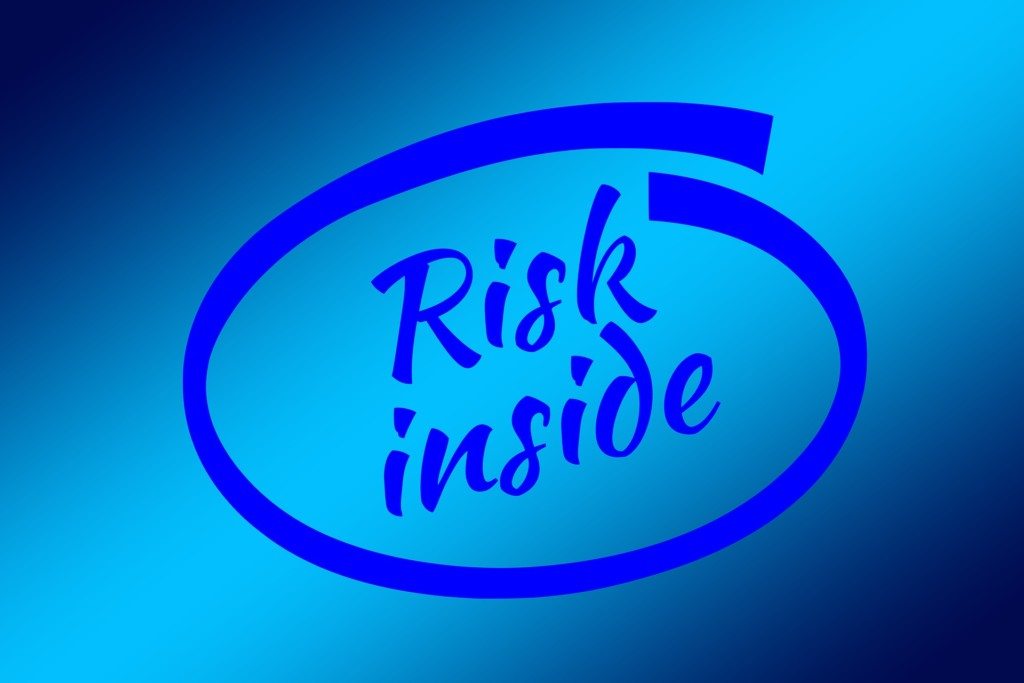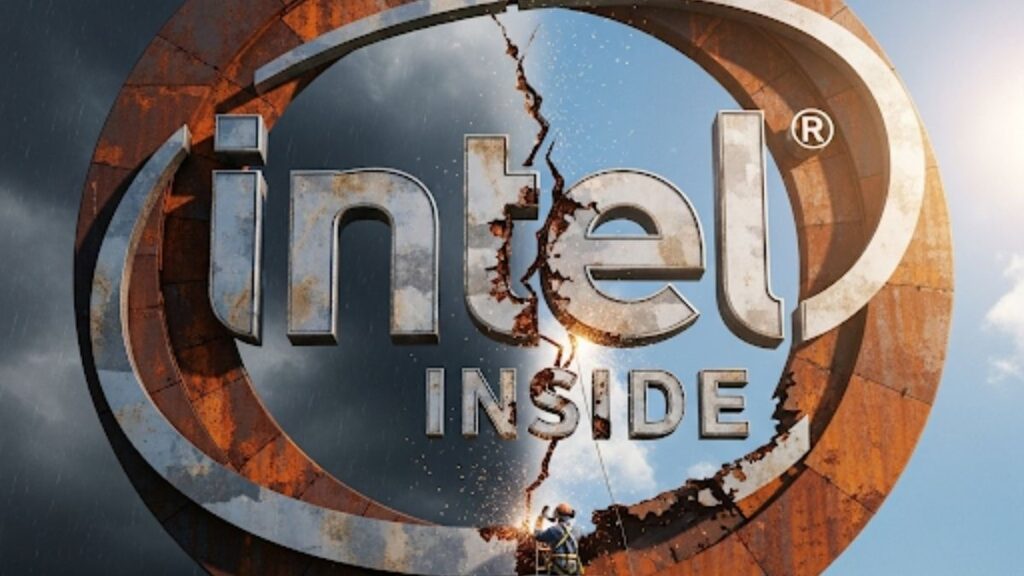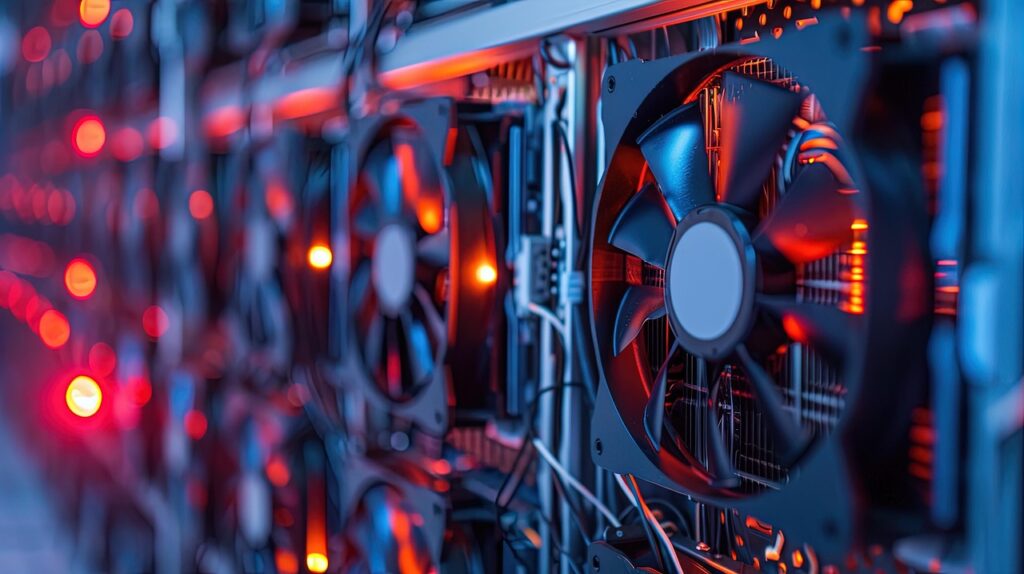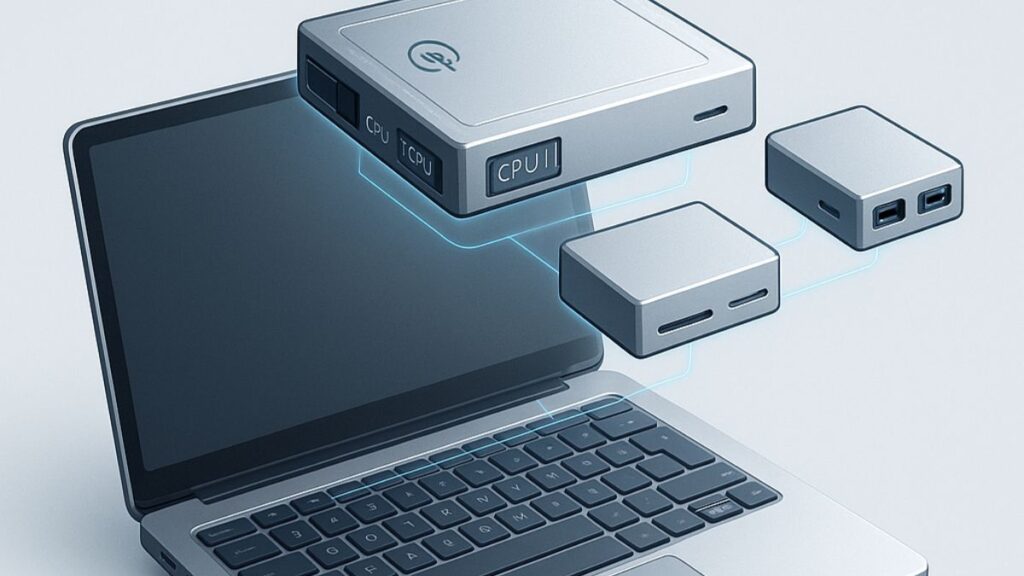Intel is a hot mess now, largely because Intel’s board replaced the CEO that Andy Grove preferred with a guy who is long on promises but horrible on execution. This appears to be a repeating mistake because studies show that 21 percent (which I think is understated) of CEOs are psychopaths. Folks that have this behavioral defect are good at doing layoffs and cost reductions, but they tend to cripple their firms over time—lowering services, removing the firm’s ability to respond to challenges, aggressively eliminating more qualified executives as rivals, and increasingly unable to execute because they don’t foster loyalty. Oh, and they tend to manage by fear which tends to pit employee against employee and result in a toxic culture. These negatives should be in Wikipedia under Intel’s name now.
Here is a 15 step process every board should have in their tool kit to identify a psychopath. I’ll bet every Intel employee could easily think of who’s picture should be connected to this list. (Given the better than 1 in 5 odds that your CEO should also be connected to this list, I’ll bet a lot of you are having an “Oh crap!” moment).
By the way, I shouldn’t have to say this, but working for someone with this behavior problem can destroy you and your firm. If you can’t fix it—and I’ve been there myself—find a better firm to work for. Even if you make less, you will be a ton happier and far less likely to have stress-related health problems.
Over the last few months I’ve met with many ex-Intel employees. They all have expressed massive relief from being out of that extremely hostile environment.
Brian Krzanich’s Horrid Tenure
Brian Krzanich came in largely because Paul Otellini was unable to effectively move into the Smartphone market. This was largely because the effort was massively under-resourced, and—rather than working with Microsoft—Intel worked against their one-time partner.
Microsoft and most PC OEMs also failed for related reasons. When Krzanich started, Intel was struggling with smartphones, wearables, and trying to launch a Maker effort. Currently Intel has largely exited all those efforts as a processor vendor, still selling mobile modems (an effort that was supposed to enhance their processor effort, not stand alone) and they have moved into autonomous cars but with sensors not with intelligence. This allowed for Intel to represent they were in the autonomous market—and they are—but not with their processor strength, just with optical sensors from their Mobil Eye acquisition. This isn’t progress. It is largely a sham, looking like one thing but being another.
Under Krzanich, Intel did partner with Apple to force Qualcomm to lower prices—making it look like he was making critical progress. But, if successful, given Qualcomm has the superior technology, the result would be that Apple would discontinue buying modems from Intel (they only wanted them to force the price reduction) altogether. In addition, Apple’s long-term plan on PCs is to shift from x86 to ARM—something that Microsoft has already begun to do themselves. So rather than positioning Intel to fight what would be a massive problem for the firm, they are working to accelerate it under the façade of moving on a mobile opportunity when they are instead digging their own grave.
So, he came on board because Intel was failing in smartphones. He effectively not only exited that effort but several others, and now x86 is at higher risk. That is massive progress, in the wrong fricken direction. Oh, and on top of that, he was recently accused of insider trading.
Qualifications For A New CEO
Microsoft showcased with Satya Nadella that you need someone leading the firm that understands the growth side of the related industry (development) and has competence where the firm needs to expand (in Microsoft’s case that was the cloud and Azure). You need to have someone with empathy, and a person with good, broad leadership skills—not someone that just leads through fear. Yes, you can use fear to effect, but the result is excessive employee churn and an exceptionally hostile work environment which Microsoft had, and Intel now has.
For Intel, that means they’d need a CEO with a processor development background that understood applied AI (deep learning, autonomous cars, robotics etc.), and had the experience and breadth to do a CEO job (VP at least-though Michael Capellas did showcase that a consultant operating high enough in the firm could do the job). Finally, you need someone that doesn’t have psychopathic tendencies, both so they are as they appear, and so they correct the problems at Intel rather than concealing them or swapping them for worse ones.
Now before I get to my list, be aware that given where Intel is, none of these folks could do this alone. And some of them likely would need to be more of a consultant at an executive level than a CEO unless Intel made policy changes allowing for age.
5 Executives That Could Fix Intel
Often thought of as the “Heart of Intel” while he was there. Pat was Intel’s first CTO, and he was instrumental in helping the PC market get off the ground and developed one of Intel’s iconic processors. He has gained a substantial amount of breadth working for EMC and now running VMware (virtualization technology was created largely to address the problems Intel caused with technology transitions). He is credited with founding of the Intel Developer Forum (IDF), one of Intel’s most powerful customer-focused demand generation engines, and one of the things Krzanich, unfortunately, terminated. He was also on a short list of executives thought to be qualified to replace Steve Ballmer at Microsoft. He knows where the bodies are buried, he understands what Intel needs to do, and he is well-regarded as someone who can perform at a CEO level.
Justin Rattner:
Justin was one of the first executives that Brian Krzanich forced out of the company. It was one of the most heartless and cruel moves I’ve ever seen a CEO make because it came on top of the death of Justin’s wife. He was CTO at Intel at the time of his departure and responsible for aggressive moves on AI, automotive technology, IoT and robotics. He was unusually aggressive with partnering efforts and was recognized as Scientist of the Year for his work in parallel and distributed computing. He also worked at HP and Xerox and has an honorary doctorate. Known for his sense of humor, company loyalty, and deep regard by and for his employees his only negative is that he is over 65 (mandatory retirement age for senior Intel executives—something Intel’s board could change given people often remain viable managers well into their 80s today). I doubt there is anyone in the world that both knows Intel and where it needs to go better.
Dian Bryant:
Bryant was another one of the most well-regarded Intel executives that seemed to get forced out by Brian Krzanich. She now works for Google. She started at Intel back in 1985 and rose impressively in a company not at all known for diversity. Listed as one of the most powerful women in business in both 2015 and 2016 she was almost singlehandedly behind Intel’s success in large enterprise. Her qualifications were so strong that Google scooped her up as their Chief Operating Officer for the Google Cloud–a critical area for Intel’s future growth and one currently under a cloud (pun intended) due to Intel’s growing number of security problems. One additional value she brings to the company is that she was a strong backer of Diversity in Engineering (a major Intel initiative that I doubt Krzanich is really behind given the number of senior women he has forced out of the company, and given the fact he was on the wrong side of the sexual harassment crap storm Gamergate (and never undid what they did)).
Don MacDonald:
Don MacDonald was one of Intel’s CMOs which isn’t an obvious place to look for a CEO (though given Paul Otellini’s success this path shouldn’t be discounted out of hand). Don, likely better than anyone else, understood Intel’s customer base and the importance of Intel’s image. He was known for sticking up for his people, something that is hard to find in Intel now—particularly in the executive office, and he has spent time at Qualcomm so he understands the market that Krzanich failed at attacking. One of the few Intel executives that seemed to work well with Microsoft, he could be instrumental in not only recovering Intel’s brand but in mending the critical fences with Microsoft. Of the CMOs Intel has had, he was likely the closest to their most iconic CMO Dennis Carter.
Genevieve Bell:
This is the wildest card of the bunch because Genevieve isn’t an engineer and misses on every initiative I’ve laid out but one. But on that one she might be the best in the world. Genevieve is Intel’s captured Ethnologist, a specialist in behavior. If you believe, like I do, that Intel’s hostile work environment is the biggest problem to correct, she is the right person to understand how to correct it. She is well-published on the future of computing and, unlike the rest of us, bases her predictions on human behavior not linear advancement or the equally common hopes and wishes method. Although not an engineer, she was named to the Florence Violet McKenzie Chair in honor of Australia’s first female engineer and is currently a Senior Fellow at Intel with 13 patents under her name. Indoctrinated into the Women In Technology International Hall of fame and named to Anita Borg’s Women in Leadership she is one of the most decorated people in Intel.
Wrapping Up: My Head Fake
Here is the thing, I don’t really think any of these people can fix the mess that Brian Krzanich has created. Not a one of them. I think it would take all of them to do the job. Intel was built into what it became by 4 incredible men: Robert Noyce, Gordon Moore, Andy Grove, and Dennis Carter (who’s importance to Intel’s image and success shouldn’t be discounted). I’m adding a 5th because they started from scratch and didn’t have to fix Intel’s culture.
I’d recommend putting Pat Gelsinger in as CEO, Justin Radner back in as CTO, Dian Bryant in as COO, Don MacDonald in as CMO, and Genevieve Bell in a dual-role, not only as one of Intel’s Fellow’s but in charge of HR and the effort to fix Intel’s culture, effectively (working with Dian Bryant) to improve effective diversity in the firm, and turn Intel from a company no one in their right mind should work at, to a firm that is again a great place to work. Also, she’d be excellent at identifying and getting rid of psychopaths—something Intel desperately needs now.
Intel’s board needs to step up, or shortly they’ll be famous for taking Intel down. At this point, the world is watching.




As an ex employee, I found this article to be dead on. 20 years on night shift, limited opportunities, chemical exposures and multiple repetitive manual labor injuries due to gross understaffing and heavy overworking (mandatory overtime and rejected vacation requests) along with the toxic work environment where we were expected to violate safety protocols to ensure the supervisors and management met their productions numbers no matter what the cost. I was asked to certify a peer I was training before they were anywhere near qualified to operate/troubleshoot the equipment. This equipment was full of dangerous chemical vats. My supe actually asked, ” Can’t you just sign him off and finish his training at another time?” It almost seems like the author actually worked there.
As a seasoned Intel veteran for over 33yrs, I can tell you, the article is indeed dead on.
Suggestions and recommendation makes sense to execute on the existing markets. I’ve worked with many of them and they could. I’d put Diane at the top, though.
Thank you Mr. Bob Enderle, the article is a lesson for companies that fall into the toxic waste they produce (and I’m not referring to the chemical vats denounced by Tex47Az.) I just wish you could give your opinion on “the cowboy” Craig Barrett tenure as Intel’s CEO. It’s time for Intel(R) to pass the baton to a different company, perhaps Samsung. Regards
foreshadow much? im taking bets on who the new intel ceo is. any takers?
Diane Bryant would be their best choice.